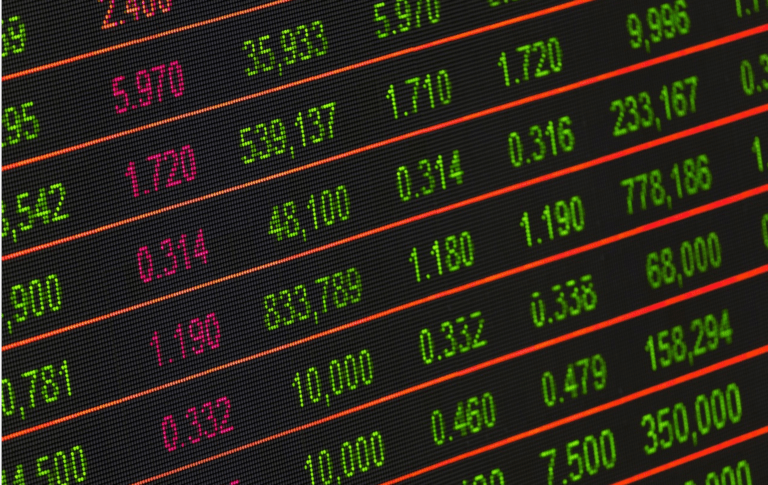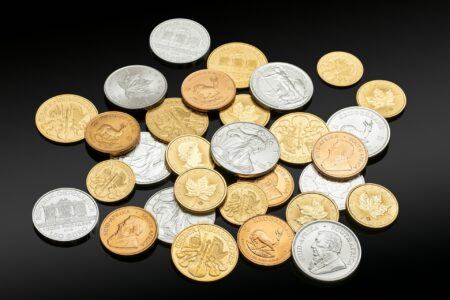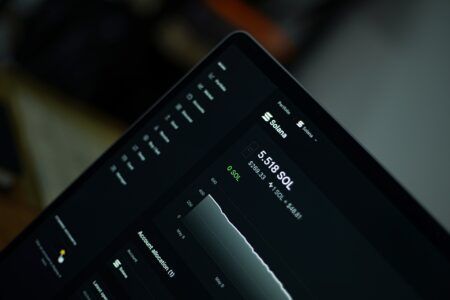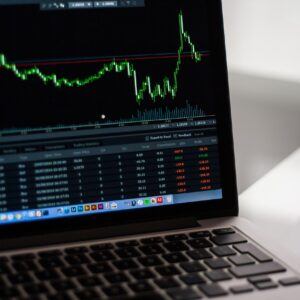Max Bronstein, the marketing manager at Dharma Labs, a San Francisco-based organization that develops peer-to-peer (P2P) lending protocols for “generic tokenized debt agreements,” has argued that “trading is integral to any well functioning capital market.”
Bronstein, a political science graduate from UCLA, believes that by “taking advantage of supply and demand mispricings, traders help the market with price discovery, and in the act of trading, also serve to bring liquidity to a market.”
He also thinks that “traders that excel at providing these services are rewarded handsomely” for their contributions. In his blog post, published on April 15th, 2019, Bronstein noted that cryptocurrency markets are “no different” from traditional financial markets and that both require sufficient liquidity and price discovery, in order to function properly.
“Taking Advantage Of Mispricing Between Two Highly Correlated Assets”
Going on to share some crypto trading strategies, Bronstein noted that users can engage in “token pair trading” which allows traders to “take advantage of mis-pricing between two highly correlated assets.” For example, if “two assets usually have a price ratio of 2:1” and the price ratio changes to “2.2:1, then a token pair trader would short the outperforming asset and long the underperforming asset,” Bronstein suggested.
He added that in this scenario, the “expectation” would be that the ratio will eventually “revert back to 2:1.” Should this happen, which may be considered a fairly likely outcome, then the “trader [could potentially] profit from the ‘normalization’ of the prices back to this ratio.”
For instance, if there’s a relatively high correlation of 0.75 between Ether (ETH) and Bitcoin (BTC), and if the ETH price increases by as much as “3x relative to the Bitcoin,” then a trader could enter a short position on Ether while going long on Bitcoin, Bronstein recommended.
After entering these positions, Bronstein suggested that traders “wait for the prices to converge back to their norm and repay their debt.” However, “going either long and short,” requires that the trader “borrow some other asset.”
In addition to sharing the token pair trading strategy, Bronstein pointed out that Uniswap (a decentralized protocol for building P2P crypto exchanges that allows users to trade digital assets using Ether, or ERC-20 tokens, and a MetaMask account) also provides unique opportunities for trading.
Potential To Earn “Great Returns” On Uniswap
Elaborating on how Uniswap works, Bronstein wrote that it’s “a novel system in which users can earn a return for supplying assets to liquidity pools.” He explained that Uniswap lets traders “act as market makers and [they] are rewarded when there’s a lot of trading activity in the pool they supply assets to.”
He continued to note that the trading process on Uniswap and its liquidity pools are somewhat similar to how “order books” work on more conventional crypto exchanges. He explained that liquidity pools on Uniswap “represent the liquidity available between two assets.”
“For example, ETH/DAI is its own pool, as is ETH/MKR,” Bronstein wrote. He also revealed that liquidity providers can potentially “earn a great return when the liquidity pool they supplied assets to has a lot of volume and when the price ratio between the two assets remains fairly constant.”









